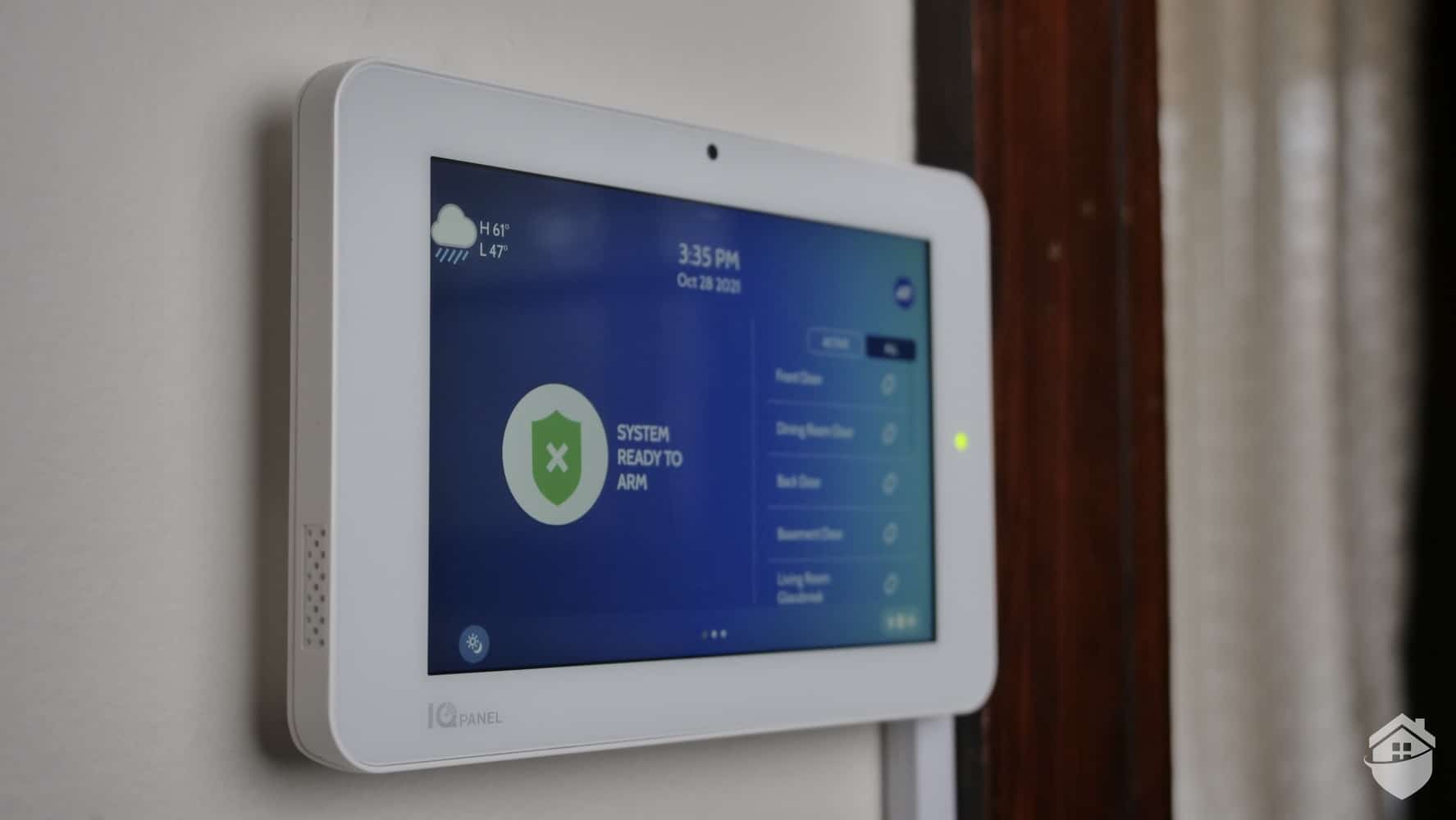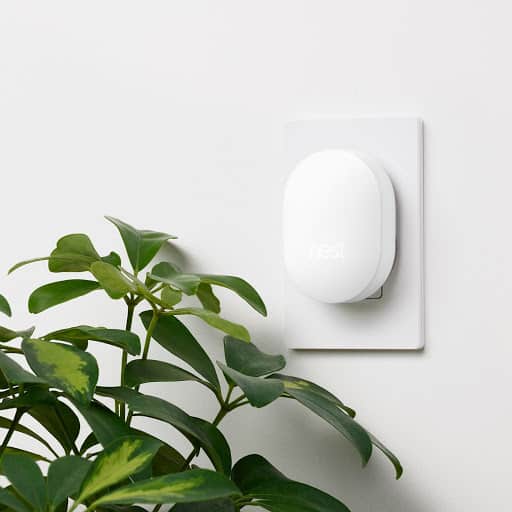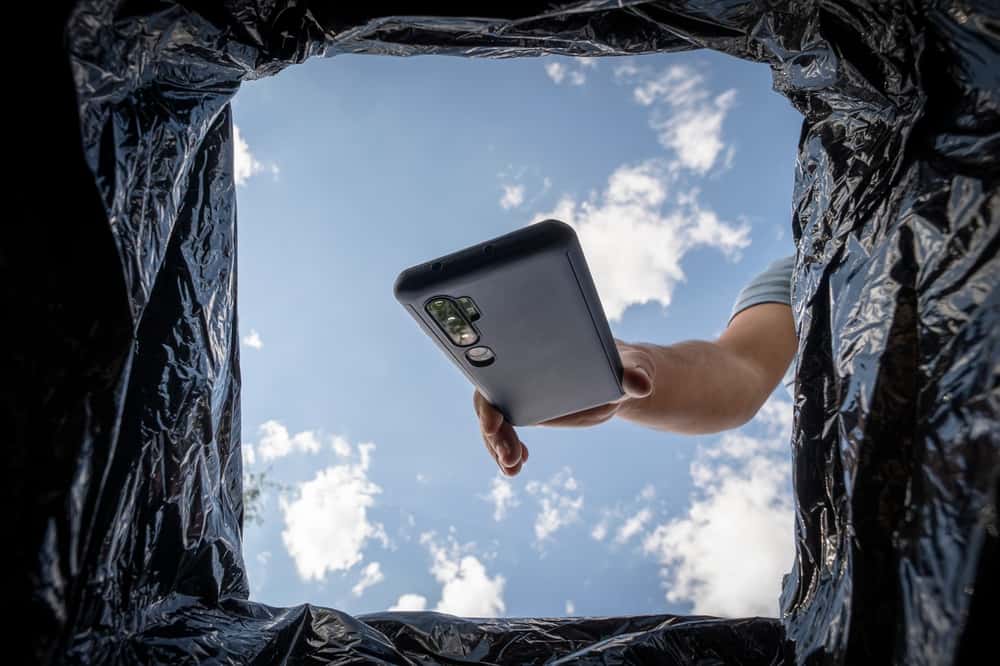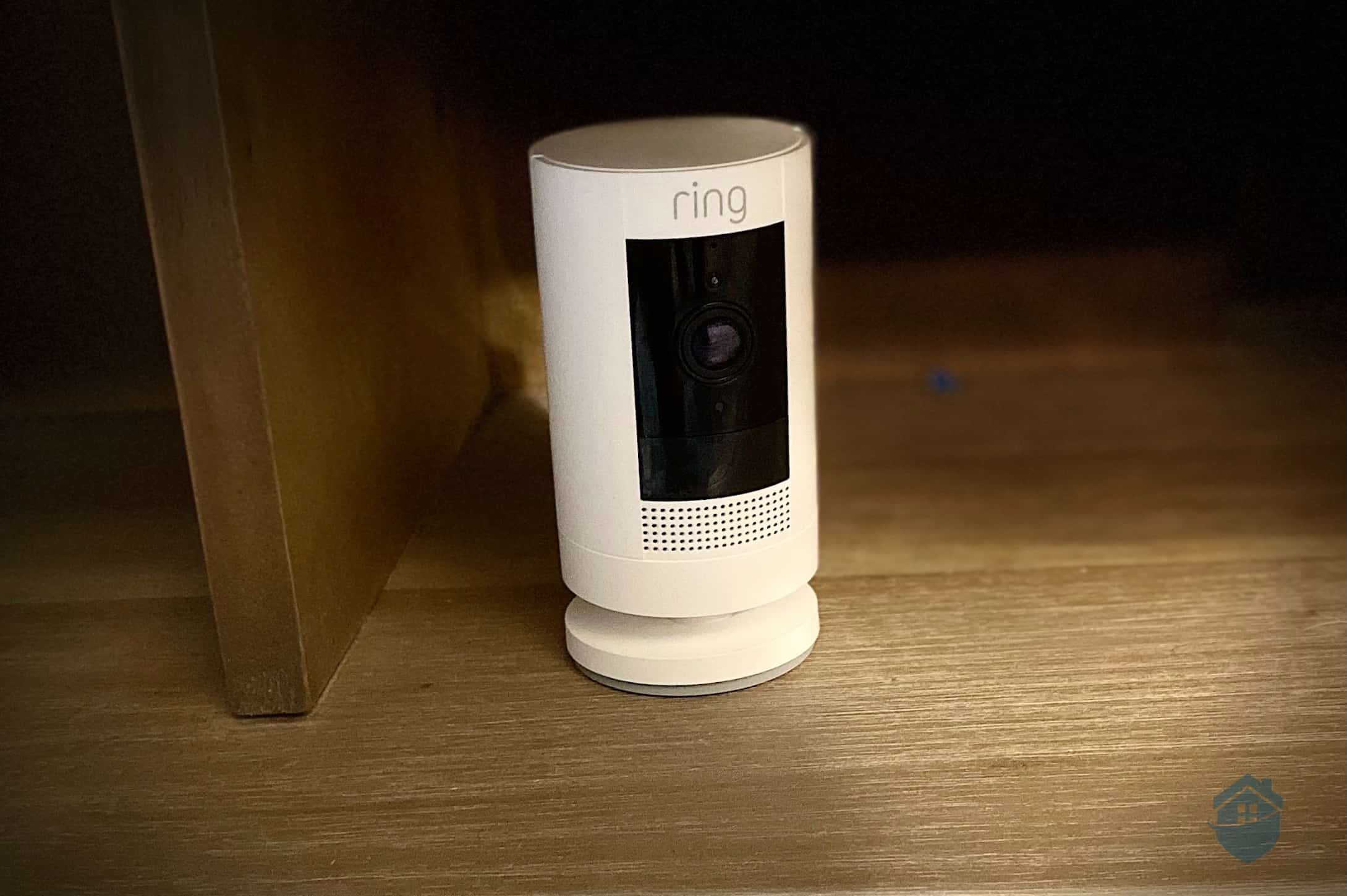If a burglar breaks a window and no sensor is around to detect it, does it make a sound? Maybe it does, maybe it doesn’t — but it definitely won’t alert your home security system. That’s why it’s so important to install your glass-break, contact, or motion sensors in the right place.
After all, a security sensor installed in the wrong place isn’t much better than having no security sensor at all. You want your motion sensors where they’ll actually, you know, sense motion.
We’ve tested just about every security sensor on the market. Along the way, we’ve learned everything you need to know to install them like a pro. In this guide, we’ll show you how to properly place your sensors, which are the backbone of your home security system.
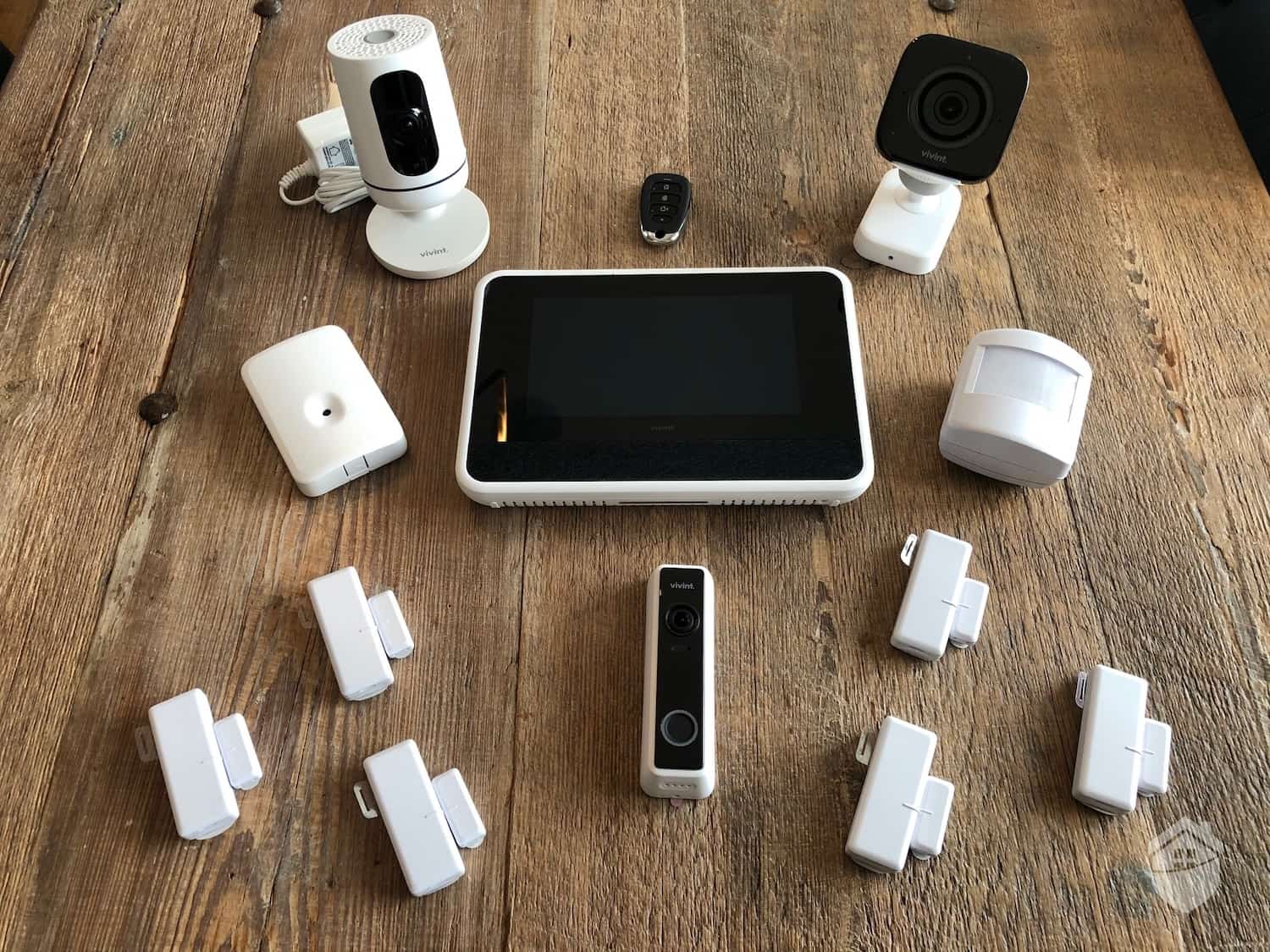
Vivint Home Security Components
>> Read More: Where to Place Your Home Security Cameras
1. Understand How Security Sensors Work
Think of your home security system like the nervous system. If the hub is the brain, the security sensors are the nerves. They literally sense when something is wrong. But how?
It depends on the security sensor. Some are designed to detect body heat, while others listen for loud noises or detect subtle changes in air pressure. Neat, right?
It’s important to remember that smart devices are actually pretty dumb. They can detect the narrow changes they were designed to detect, but they don’t understand why the changes happen. A heat-sensing motion detector, for example, knows there is infrared radiation in the room. It doesn’t always know whether that radiation is coming from a burglar or, say, your radiator.
There’s an easy solution: Don’t point a heat-sensing motion detector at an active heat source. You can avoid similar interference with other types of security sensors, too, as long as you understand how they work.
Pro Tip: Most modern motion sensors have sensitivity settings you can dial in to fit your needs. The feature comes in handy if you have a large dog in your home. Don’t want your St. Bernard tripping your sensors and causing false alarms? Just adjust your motion sensor to be less sensitive. Check out our roundup of the best security systems for pet owners to learn more.
Contact Sensors
If you have just one type of security sensor, it’s probably a contact sensor. Also known as a door sensor, window sensor, or entryway sensor, this small, two-part device detects — surprise, surprise — whether a door or window is open.
The way it works is so simple that it’s kind of genius. One piece is a sensor, the other is a magnet1. When the door or window opens, the magnetic field breaks and trips the alarm.
That’s why each piece of the contact sensor should be no more than a half-inch or so apart. But you have more than proximity to think about, since metal doors can interfere with the sensor’s magnetic field.
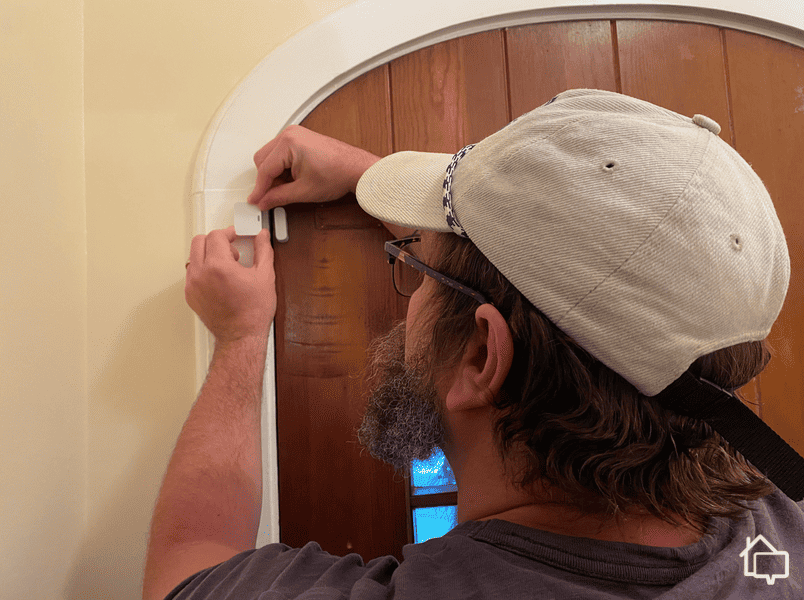
Installing an Entryway Sensor on my front door
Motion Sensors
Sensors can detect motion with sound waves, microwaves, or even lasers, but the most common method is passive infrared detection (PIR).
PIR motion detectors sense the infrared waves that naturally radiate from a warm body. You know what else naturally radiates infrared waves?2 Heaters. Radiators, vents, and space heaters can trigger false alarms.
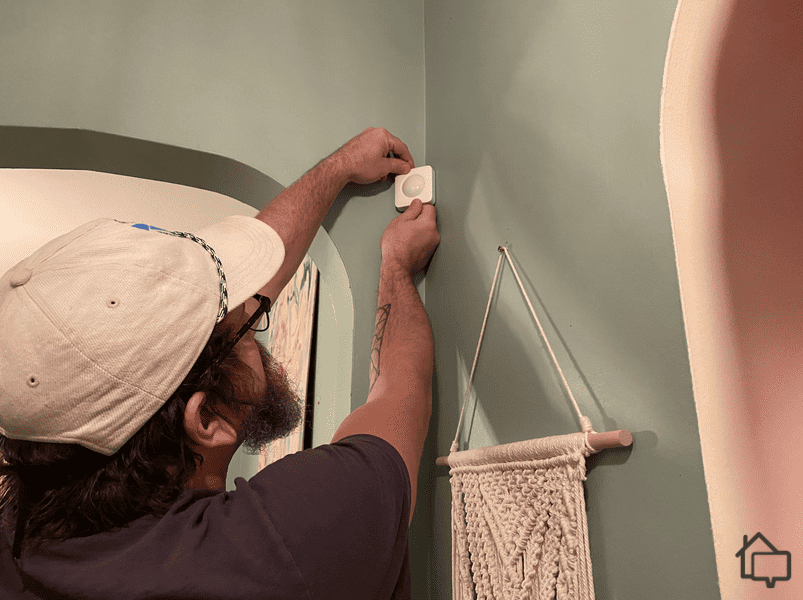
Here I am installing the new and improved SimpliSafe Motion Sensor.
Glass-Break Sensors
When an intruder breaks a window, the glass vibrates and then shatters. A glass-break sensor can detect that with a vibration sensor, microphone, or both.
Unfortunately, your glass-break sensor may also detect thunder, wind, planes, and particularly loud dogs.
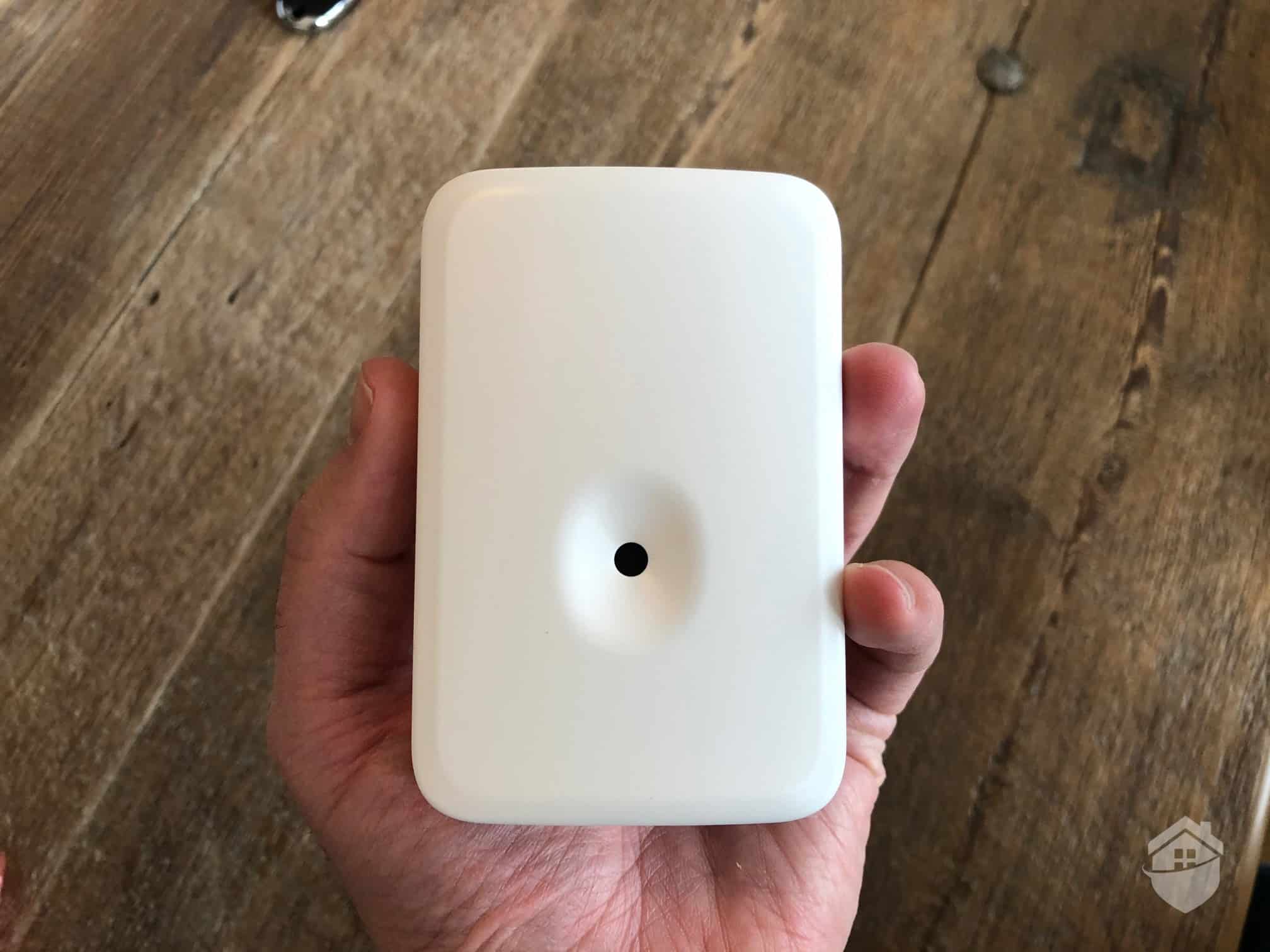
Vivint Glass Break Sensor
Environmental Sensors
A home invasion is terrifying but unlikely. Climate change, on the other hand, is coming for us all. Environmental sensors can keep your home safe from extreme weather.
Flood sensors, for example, contain metal probes. When water touches the metal, the sensor detects the increased conductivity and sounds the alarm. That’s great for a flooded basement, but not so much for a steamy bathroom.
We’ve also found that many of the top home security brands sell smoke, fire, and carbon monoxide sensors. Depending on the provider, these life-saving devices can sometimes be accessed remotely using your home security app.
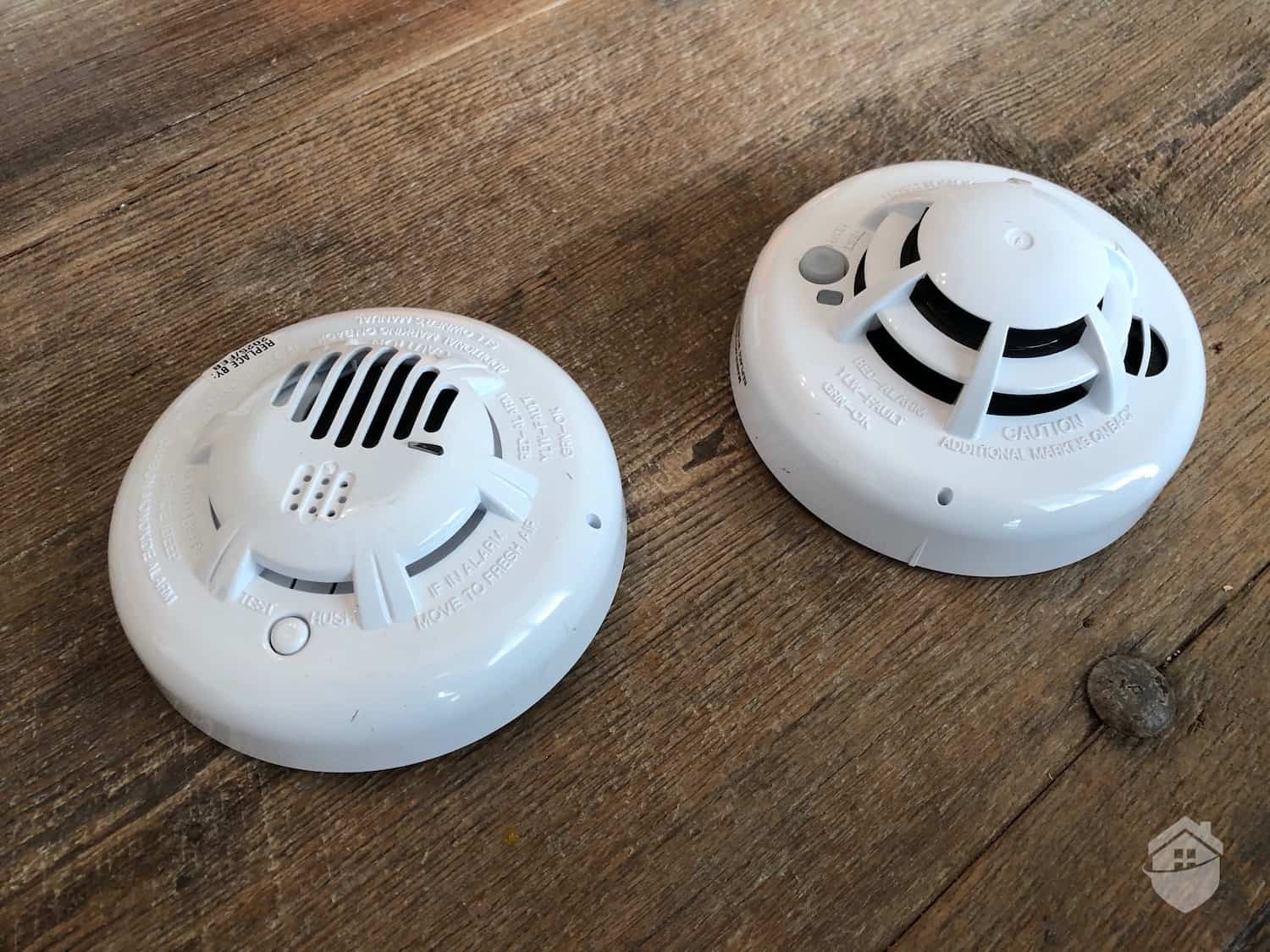
Vivint Smart CO/Smoke Detectors
2. Figure Out How Many Sensors You Have to Work With
It would be great to stick a security sensor in every nook and cranny of your house, but even the best DIY home security systems don’t always come with enough sensors to make that happen. You may have to prioritize.
How many sensors do you have to work with? A basic Ring Alarm package costs $199.99 and comes with only two security sensors: one motion detector and one contact sensor3. SimpliSafe costs slightly more ($279.95) for slightly more equipment (you get three contact sensors instead of one)4. An entry-level system doesn’t exactly leave you with excess security sensors to throw around willy-nilly.
>> Read More: SimpliSafe vs. Ring — Which Is More Secure?
More expensive packages come with more devices, and you can always add additional sensors to your cart. Ring contact sensors cost $19.99, while SimpliSafe’s cost $14.99.
FYI: Your home security company may limit your sensor setup. Ring Alarm allows 100 total devices before it starts ratcheting up the fees5
Comparing Home Security System Starter Kits
| Kit | Contact sensors | Motion detectors | Price | |
|---|---|---|---|---|
| Arlo | All-in-one | 1* | 1* | $199.99 |
| Eufy | 5-piece | 2 | 1 | $159.99 |
| Ring Alarm | 5-piece | 1 | 1 | $199.99 |
| SimpliSafe | Starter kit | 2 | 1 | $279.95 |
| Wyze | Starter kit | 2 | 1 | $99.99 |
| Frontpoint | Starter system | 3 | 0 | $541.91 |
*Arlo offers a combined contact sensor and motion detector. The cheapest Arlo package comes with two sensors total.
3. Cover Key Areas
Maybe you can’t stick a security sensor in every hidey-hole in the house, but maybe you don’t have to.
Chances are, there are certain parts of your home an intruder would have to pass through. They couldn’t reach the nursery without walking up the stairs. They couldn’t rifle through your jewelry box without opening your bedroom door.
Pro Tip: Up for a little live-action role-play? LARP as a criminal. Walk through your house as if you were breaking into it. That should give you a hint about where you really need to place security sensors.
To get the most bang for your security buck, cover the key locations we’ve identified below.
Front Door
You may think no intruder would be brazen enough to enter through the front door. You would be wrong.
A burglar could test your front door and find it unlocked. An old roommate could use their key to snatch your stuff. An estranged family member could find your spare and walk right in. Cover your front door to catch them.
FYI: Here’s a not-so-fun fact: In 65% of violent burglaries, the victim knew the offender.6
Primary Bedroom
A savvy burglar will head straight to the biggest bedroom for cash, jewelry, and electronics. Stick a contact sensor on your bedroom door to detect these break-ins.
Ground-Floor Windows
Could a determined intruder climb in through a second-story window? Sure, and you should add contact sensors to them if you can. If you’re on a budget and can add a window alarm to only one floor, however, make it the first floor.
Staircase
A motion detector at the top of the staircase will alert you to any baddies creeping up and down. If your property is one story, install a sensor in the hallway instead.
Near Valuables
Put a motion detector next to your jewelry box and never worry about the babysitter borrowing your diamond necklace again.
4. Avoid Dead Zones
Security sensors are, well, sensitive. Everything from excess heat to radio waves can interfere with their performance. Avoid false alarms — or, worse, no alarms — by skipping these spots.
In Direct Sunlight
Basking in the sun is great for cats, but not for motion sensors. That’s because more than half of solar radiation is infrared,7 and most motion sensors detect infrared radiation.
Let’s say you install a motion detector in a sunny corner of your living room. What should you expect? False alarms. When a burst of sunlight hits the sensor, it could have the same effect as an intruder walking by.
Near a Heat Source
Motion detectors can’t always handle heaters either. Radiators, space heaters, and heating vents literally radiate infrared waves, which is exactly what your motion detector is designed to watch out for. To an infrared sensor, a gust of hot air looks a lot like a burglar.
If you place a motion detector next to a heat source, you risk a false alarm every time the heat kicks on.
On a Metal Surface
Remember how contact sensors work? The two pieces form a magnetic field that gets broken when the door opens. Doors are usually made of wood — a nice, nonmagnetic material that won’t interfere with the process. Sometimes, though, doors are made of steel, which is magnetic.
Too Close to Other Devices
Wireless home security systems work by sending radio signals back and forth. Each sensor pings little messages to the hub: “Hey, this door just opened!” or “Yikes, the basement is flooding!” (Actually they send binary code, but you get the idea.)
When two sensors are installed right next to each other, their messages could bleed together. Picture two people shouting at the same time. You wouldn’t be able to understand either of them, right?
If you have a wired home security system, those messages are passed through — you guessed it — wires. You don’t need to worry about signal interference, but you should keep some distance between your sensors anyway. You’ll cover a larger total area.
Too Far From Other Devices
You can’t use your home Wi-Fi from a mile away. You can’t connect a wireless sensor to its security hub from that distance either. The exact range depends on the product. If you’re not sure how far your security sensor’s signal can reach, test it out.
FYI: Concrete, brick, and plaster absorb radio waves.8 Increase your range by avoiding walls between your devices and router.
5. Be Sneaky
Choosing a spot where your sensor can detect an intruder is important, and so is choosing a spot where an intruder can’t detect your sensor.
Install Flush With the Door or Window
Stick-on contact sensors are easy to install using double-sided adhesives, but they’re also easy to spot. If you’re willing to break out the drill, pick up recessed sensors instead.
Recessed sensors sit within the door or window frame. No one but you will know they’re there.
>> Read More: Vivint Sensor Options
Camouflage
Have you ever seen a nanny cam hidden in a teddy bear? Creepy, but effective. Nestle motion detectors in house plants, sculptures, or, yes, teddy bears for extra stealth. Just be sure to test the sensor to ensure it’s able to detect motion throughout the motion zone.
Aim High
It’s basic, but it works: Install security devices above eye level. Not only will they have a better view of the space, but they’ll be harder for bad guys to spot.
Pro Tip: Still not sure where to install your security sensors? You don’t have to do it yourself. Check out our picks for best professionally installed home security systems.
The Takeaway
You could have the best home security system on the market, but the sensors won’t detect an intruder if they aren’t placed correctly. Thankfully, effective installation is pretty simple if you follow a few dos and don’ts.
- Do think like a criminal. Wherever they would go, you should go — security sensor in tow.
- Don’t forget how security sensors actually work. That will keep you from sticking a motion detector next to a space heater.
- Do install your devices with care. A stick-on sensor is pretty obvious, but if you drill your contact sensor into the door frame, an intruder won’t know it’s there.
Most of all, don’t forget why you’re doing this. Security sensors are the backbone of your security system. Without them, you won’t know if an intruder is opening a door, climbing through a window, or creeping up your staircase. By putting each sensor in its proper place, you’re keeping yourself and your home safe.

